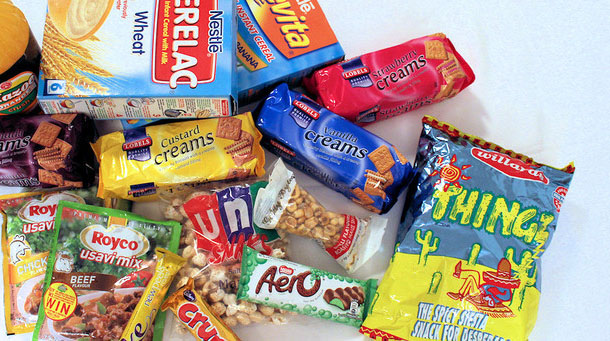As Zimbabwe strives to grow its economy, anchored on sound manufacturing and export industries, countries in the Southern African region present an easy market for those looking at improving brand visibility beyond borders.
One of the potential markets that local industries should consider is Malawi, whose social, political and economic history with Zimbabwe is a shared one.
Good political relations exist between Lilongwe and Harare and there is room to translate this into economic gains by increased trade and economic cooperation.
Malawi is a net importer, and has been for over a decade, hence Zimbabwean companies have a unique opportunity to increase exports to the country.
In 2018, Malawi’s top imports included medicaments, clothing and linen, processed foods and powdered soap — which Zimbabwean businesses can supply.
Some of the imports were sourced from Asian countries such as China and India.
South Africa is Malawi’s biggest supplier, having shipped goods and services worth US$501 million in 2018, according to Trade Map.
Zimbabwe’s proximity to Malawi presents local businesses with a unique advantage.
In addition, local businesses can also take advantage of the Zimbabwe-Malawi Preferential Bilateral Trade Agreement, which is a reciprocal trade agreement whose rules of origin prescribe a minimum 25 percent domestic value-added requirements.
The agreement aims to encourage and stimulate trade between Zimbabwe and Malawi through eliminating tariffs and other non-tariff barriers to trade.
Goods exported to Malawi from Zimbabwe are given import duty-free status.
Small businesses can also take advantage of the Common Market for Eastern and Southern Africa (COMESA) Simplified Trade Regime (STR), which is designed to help the small trader benefit from the preferential rates enjoyed by commercial traders when importing or exporting goods within the bloc.
The regime — operational between Zimbabwe and Zambia, and Zimbabwe and Malawi — allows for up to US$1 000 to be traded under COMESA STR, giving room for local small businesses to also earn foreign currency.
Although the two countries started implementing the trade agreement in 1995 and are participants of the COMESA STR, there has been little trade between them, as only US$6,3 million worth of goods and services were exported to Malawi from Zimbabwe last year.
This is against US$33,4 million in imports from Malawi.
To address the imbalances and strengthen trade relations between the two countries, local companies must tap into areas where Zimbabwe enjoys competitive and comparative advantage. A recent market survey conducted by ZimTrade, whose full results will be presented at dissemination seminars in Harare and Bulawayo early next year, revealed that the Malawian economy presents opportunities for Zimbabwean products in fast-moving consumer goods (FMCGs), agriculture, home and office furniture, and construction sectors.
Low-hanging FMCGs include confectioneries, cordials, long-life milk, powdered milk, chips, tinned foods, processed meats, and milk-based fruit juices, among other products.
There are local FMCGs manufactures who are making inroads into Malawi, particularly those of products like baked confectionery, cooking oil, corn snacks, dairy fruit blends and cordials.
Buyers commended local brands such as Dendairy, Kefalos, Chompkins, Cashel Valley and Lobels for good quality and recommended supply of more Zimbabwean products.
These brands are also visible in major retail outlets such as Food Lovers Market in Malawi. More local brands are visible in the informal sector, although supply can be inconsistent and unreliable if no proper strategy to continue supply is in place.
Local manufactures can piggyback on the reputation created by local products that already have a footprint in Malawi to introduce more products, and in turn improve exports. There are further opportunities in the agriculture sector, which remains a key priority sector for Malawi, accounting for almost a third of Malawi’s Gross Domestic Product (GDP). It also supports the livelihood of two-thirds of the population.






